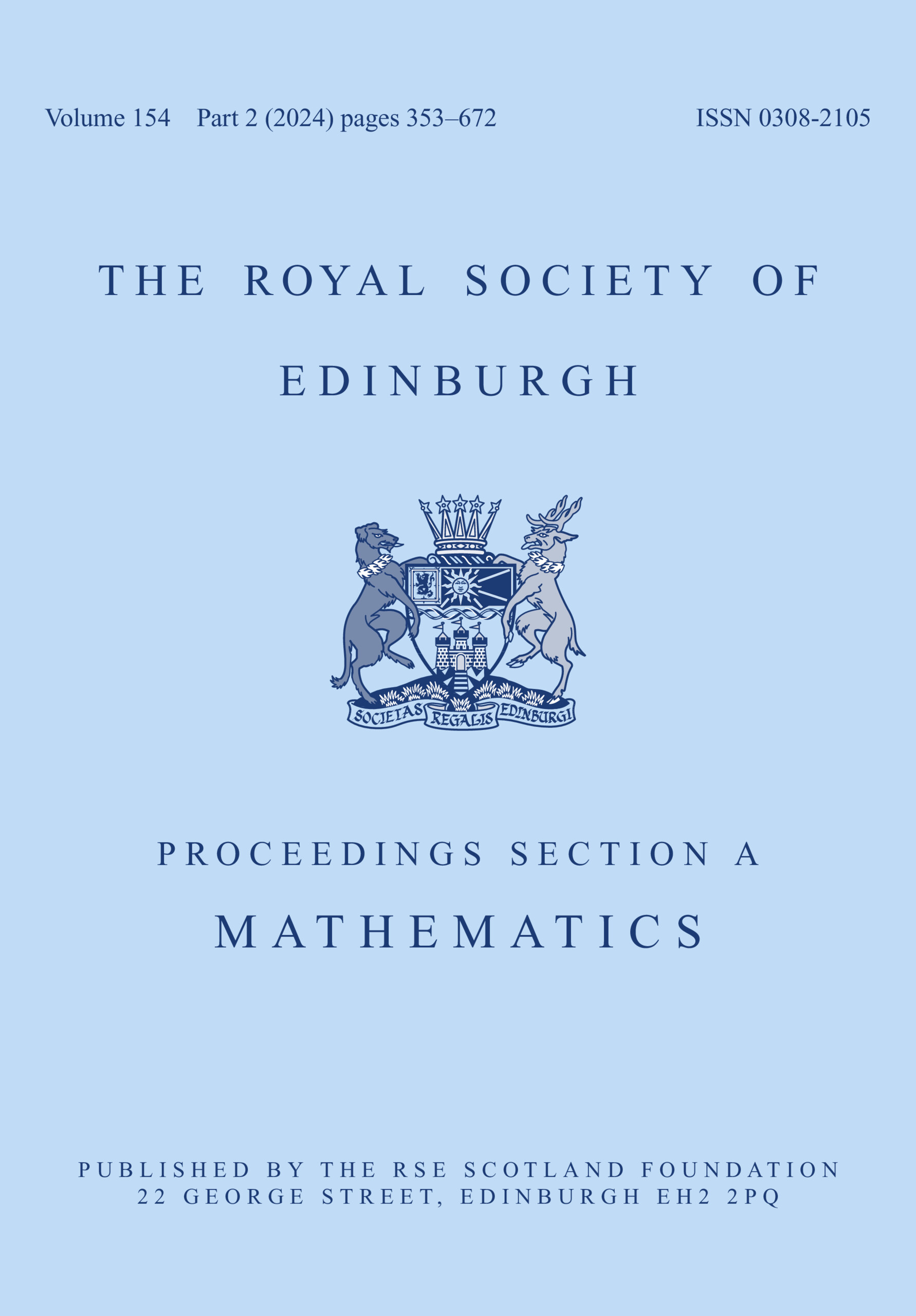No CrossRef data available.
Article contents
Equidistribution in the complex plane and self-similar measures
Published online by Cambridge University Press: 09 September 2025
Abstract
We establish the pointwise equidistribution of self-similar measures in the complex plane. Let  $\beta \in \mathbb Z[\mathrm{i}]$, whose complex conjugate
$\beta \in \mathbb Z[\mathrm{i}]$, whose complex conjugate  $\overline{\beta}$ is not a divisor of β, and
$\overline{\beta}$ is not a divisor of β, and  $T \subset \mathbb Z[\mathrm{i}]$ a finite subset. Let µ be a non-atomic self-similar measure with respect to the IFS
$T \subset \mathbb Z[\mathrm{i}]$ a finite subset. Let µ be a non-atomic self-similar measure with respect to the IFS  $\big\{f_{t}(z)=\frac{z+t}{\beta}\colon t\in T\big\}$. For
$\big\{f_{t}(z)=\frac{z+t}{\beta}\colon t\in T\big\}$. For  $\alpha \in \mathbb Z[\mathrm{i}]$, if α and β are relatively prime, then we show that the sequence
$\alpha \in \mathbb Z[\mathrm{i}]$, if α and β are relatively prime, then we show that the sequence  $(\alpha^n z)_{n\ge 1}$ is equidistributed modulo one for µ-almost everywhere
$(\alpha^n z)_{n\ge 1}$ is equidistributed modulo one for µ-almost everywhere  $z \in \mathbb{C}$. We also discuss normality of radix expansions in Gaussian integer base, and obtain pointwise normality. Our results generalize partially the classical results in the real line to the complex plane.
$z \in \mathbb{C}$. We also discuss normality of radix expansions in Gaussian integer base, and obtain pointwise normality. Our results generalize partially the classical results in the real line to the complex plane.
Keywords
MSC classification
Information
- Type
- Research Article
- Information
- Copyright
- © The Author(s), 2025. Published by Cambridge University Press on behalf of The Royal Society of Edinburgh.


